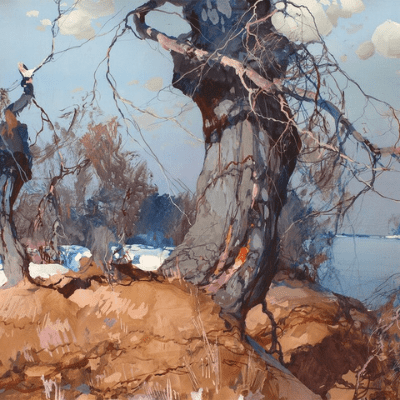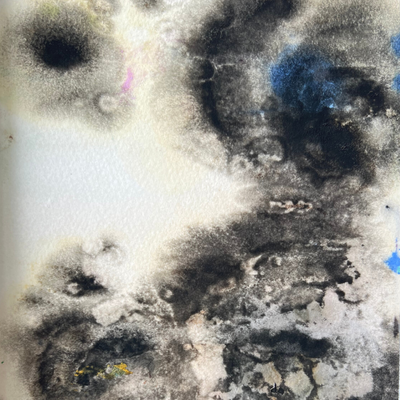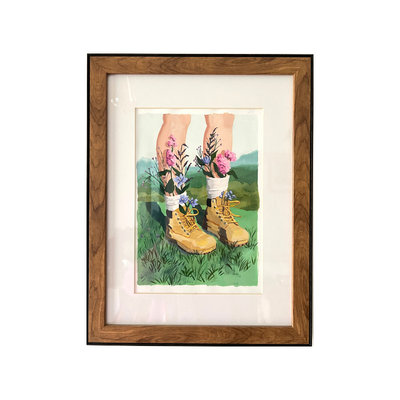Pros and Cons of Using Gouache Paint
Gouache is a versatile medium used for various styles, from illustration to expressionism. It has a lot of advantages but some downsides as well. Let’s see the pros and cons of using gouache paint in your artwork from a gouache artist.
Table of Contents
Pros of using gouache
Gouache is opaque and can be layered.
The paint is very opaque, and it covers well. This makes gouache great for painting full, smooth surfaces. The paint also dries quickly, meaning you can work on several layers without waiting for each one to dry before applying another coat of paint. The gouache opacity is given by the amount of pigment particles and binder in the mix.
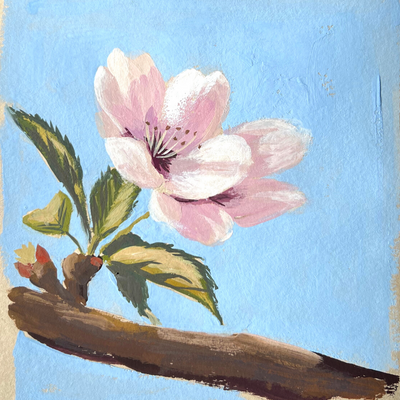
The paint is very easy to mix and use.
Gouache comes in tubes, making it very easy to store and use. You can also mix your colors by combining different shades of gouache paint. Gouache has a long shelf life, and I’ve used tubes that were ten years old and still in perfect condition.
Gouache is non-toxic.
Gouache is non-toxic and odorless, so it’s safe for children and pets. Stay away from cadmium pigments, and you can wash your brushes and palette in your sink. If you apply gouache on your clothes or desk while painting, it’s very easy to clean with tap water and soap.
Mistakes can be corrected easily with gouache.
If you make a mistake while painting, just let your piece dry and then use a wet rag to wipe off the paint on top of your error. Once it’s gone, you can reapply another coat of gouache over that area. You could even cover black with white, if needed!
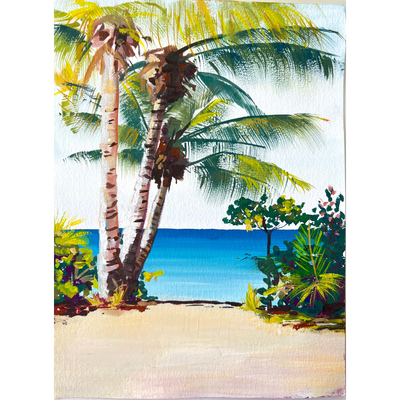
You can use gouache on a variety of surfaces.
You can use gouache on various surfaces, including paper, canvas, and wood. You only need to remember that some surfaces may require preparation before you apply your first coat of paint. For example, if you want to use gouache on your walls, ensure they’re smooth and free from dirt or dust first.
Another advantage is that you don’t need fancy expensive papers for gouache painting, unlike watercolor.
Gouache is water-soluble
Gouache is water-soluble, meaning you can wash it off your hands with soap and water. You can also use a wet rag to wipe off any mistakes or spills on your work surface.
Gouache can be used for a variety of art styles.
You can use gouache for many different art styles. For example, you can use it to create:
- Impressionistic paintings, which look like they were painted with watercolors or pastels
- Realistic paintings that contain details and depth
- Abstract art focuses on shapes and colors rather than figures or objects
Cons of using gouache
Even if gouache has a lot of advantages, you need to be aware of some downsides.
Gouache can be challenging to work with for beginners.
Getting the right consistency at the right time can be tricky for beginners. I’m not saying you should always use gouache at its creamy consistency, but you should learn to control the water in your mix to get the most out of it.
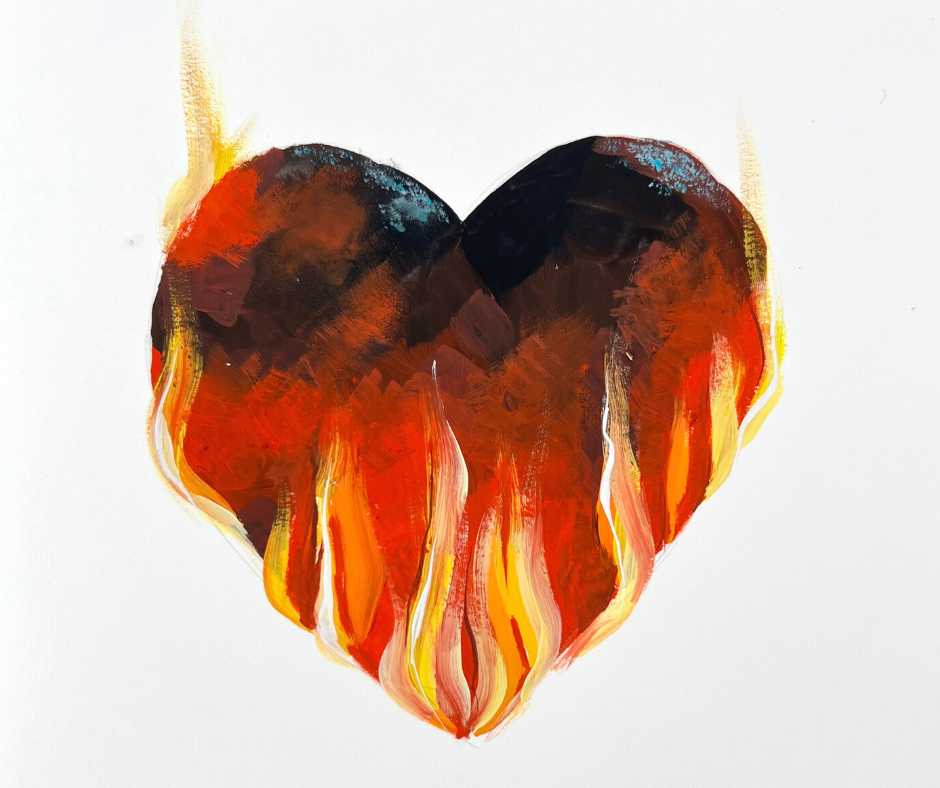
Gouache has a value shift.
Dark colors dry lighter, and light colors dry darker. It’s pretty confusing at first, but once you get used to it, you won’t even think about it! Allow the paint to dry before judging if your values are accurate.
Gouache can dry out quickly.
If you’re painting plein air or in warm conditions, your paint may dry quickly on the palette. To solve this problem, spray water on your palette occasionally, this will give it a longer working time and prevent drying out while you’re painting. All of these things become easier with practice!
Gouache can be more expensive than other types of paint.
If you compare gouache to acrylic, it’s definitely more expensive. But as gouache is so highly pigmented, you only need a little paint to go a long way. It’s also worth remembering that gouache comes in various price points, and you can find some very affordable options. If you’re looking for high-quality paint at an affordable price, look at my review here.
Gouache can crack or peel over time.
If you apply gouache in very thick layers, your paint may crack. To prevent this, use the paint in thinner layers. You should also avoid flexible surfaces like fabric, as the paint has no elasticity.
Gouache may not be suitable for some art styles.
Due to the tubes’ size, gouache is unsuitable for large paintings, like murals.
Conclusion
Gouache is not difficult to use, but it does require some practice. It is a versatile medium that can be used for both fine art and illustration. If you’re looking for a paint that’s easy to use (once you get the hang of it) and comes in a wide range of colors, consider gouache. And if you need tutorials to begin gouache, you can follow my free beginner’s course here.

